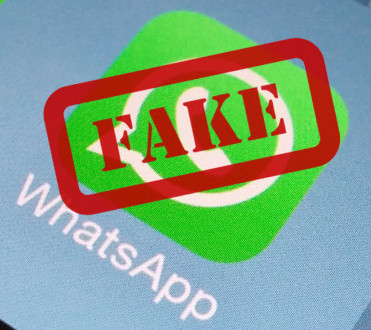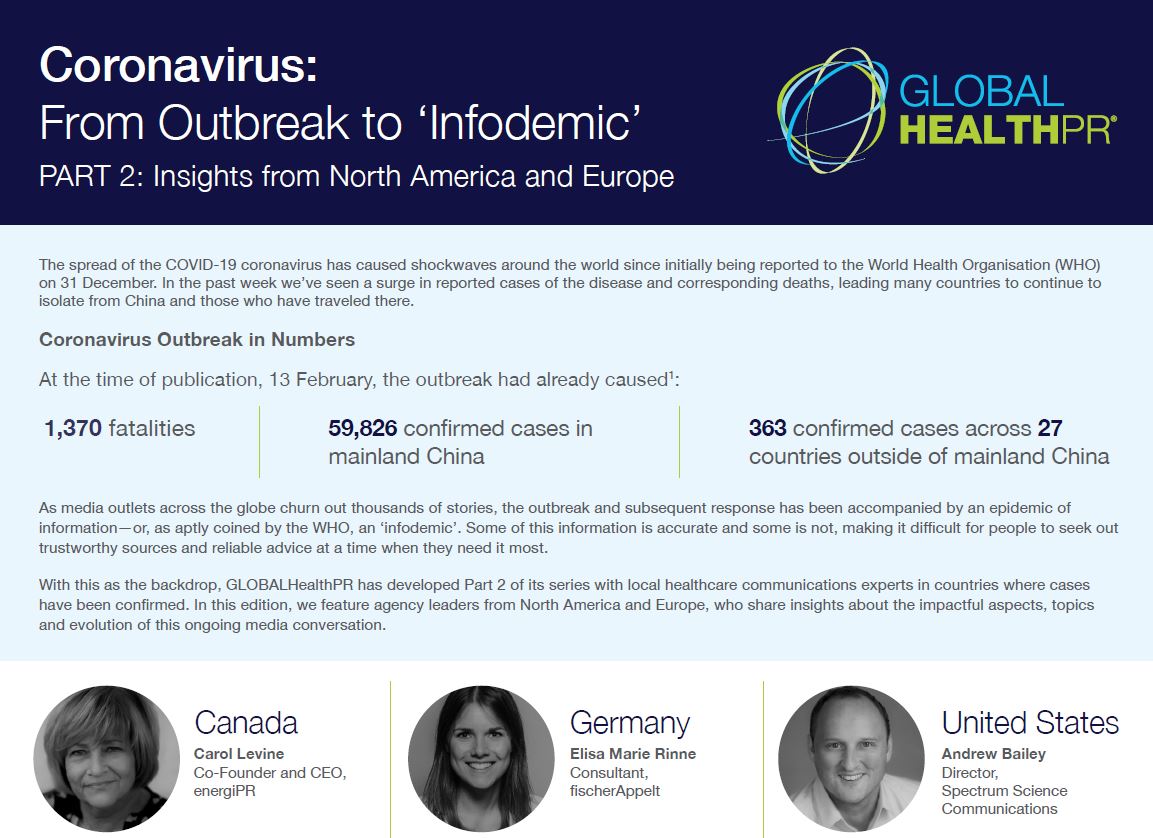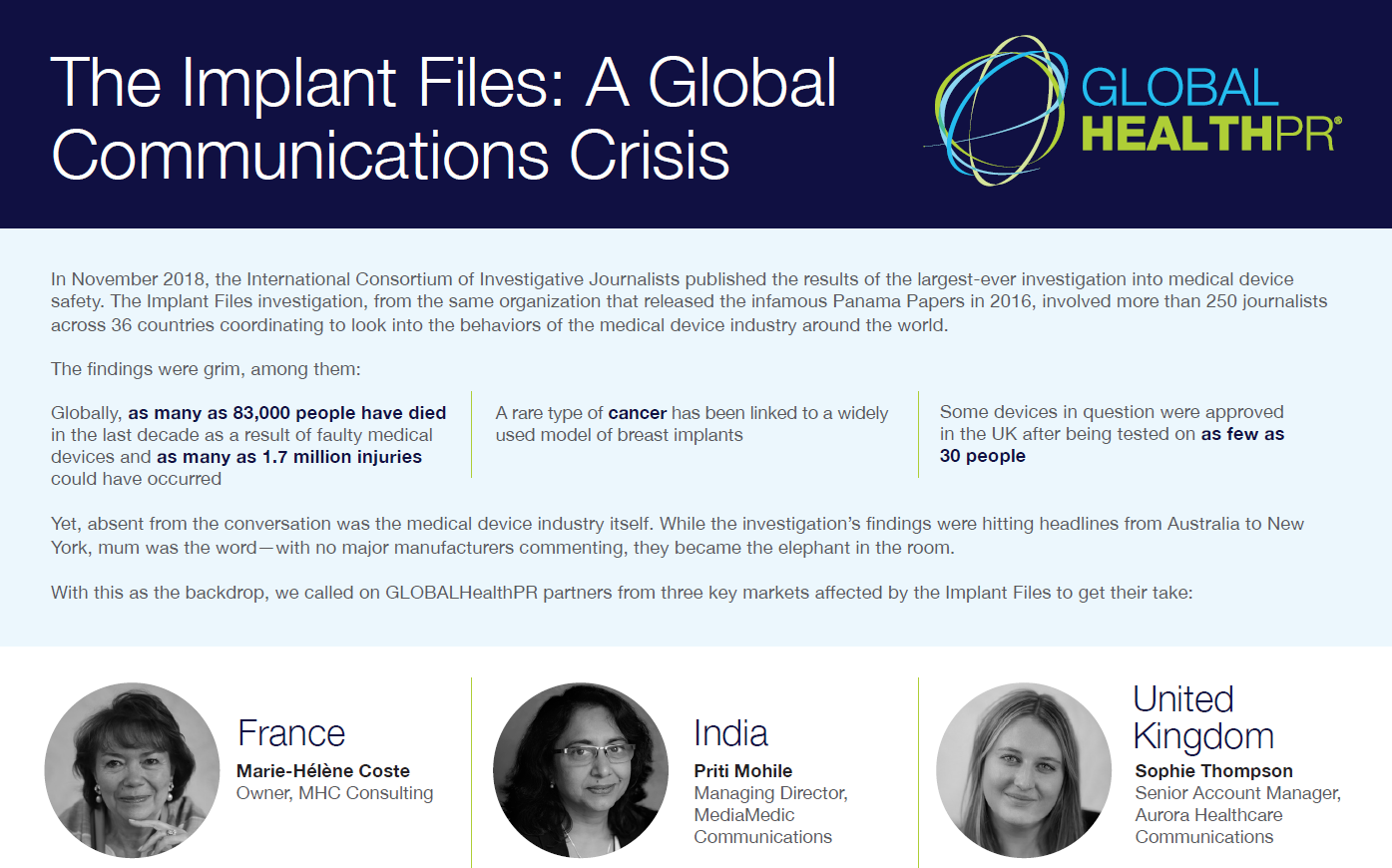 In March, a false audio message about the current Dengue fever outbreak in Argentina went viral through WhatsApp, which has nearly 18 million users in in the country (57% of adults with internet access). This caused panic among the population and resulting in widespread accusations of
In March, a false audio message about the current Dengue fever outbreak in Argentina went viral through WhatsApp, which has nearly 18 million users in in the country (57% of adults with internet access). This caused panic among the population and resulting in widespread accusations of
the government suppressing information about a potential epidemic.
This is not the only such case. At the beginning of the year in Colombia, false news was spread that a group of U.S. specialists would operate on patients with cleft lip for free at a Military Hospital in Bogotá.
Although social media may be useful for disseminating health information, there are obvious drawbacks in terms of quality control and fact checking on a platform where anyone can post anything and claim it as the truth.
In the Argentinian case, a message recorded by a woman who introduced herself as a doctor working at José María Penna Hospital was circulated through WhatsApp. In the message, the woman warned her contacts about a Dengue fever epidemic that is being hidden by the Health System Authorities: “Hi girls, this is a medical notice. I know it´s boring to put on mosquito repellent all the time. The orange can has to be used every two hours and the green can every four hours. The number of dengue fever cases is increasing and the situation is not being made public. At my hospital – Penna Hospital – there are more than 400 diagnosed cases, both in adults and children. Every day, between 7 and 8 new cases are diagnosed and we are expecting a significant epidemic that might occur in March or April…”
The audio circulated very quickly: in just six hours it became a major issue in the media and it forced the health authorities to take action on the matter. As a first step, Penna hospital’s Director, Gustavo San Martin, told the media that there were “nine patients hospitalized, but none in critical condition.” After this clarification the Buenos Aires Minister of Health, Ana Maria Bou Pérez, denied the veracity of the audio recording and indicated that only 216 cases of Dengue were confirmed in the region.
As the message continued spreading and concerns about the concealment of information by health authorities were in the air, Jorge San Juan, the National Director of Epidemiology, released official statistics regarding the number of cases across the country. Minister of Health Dr. Jorge Lemus then delivered a final, authoritative statement on the issue. The panic generated by this viral WhatsApp message lasted only one day, but demanded the attention of the highest authorities in the national health system.
What motivated people nationwide to share this message of panic? The message had typical characteristics of viral content:
- It targeted emotion (to generate concern among listeners);
- It was anonymous (the alleged doctor did not say her name because the message was addressed to her own friends and relatives); and
- It was designed to appear like a genuine “homemade” audio message (her voice is agitated and the sound of ambulance sirens and cars are in the background).
It is interesting to reflect on what people choose to believe. But why do we believe in conspiracies? There are a lot of studies about the high adhesion of conspiracy theories that are a reflection of collective fears. According to professors Eric Oliver of the University of Chicago and Tom Wood of Ohio State University in Columbus, “these kind of theories prove that the brain has not evolved enough to process information on industrial economies, medicine or terrorism. But it did evolve for survival in nature.”
Could it be that the tendency to have fantastic conspiratorial beliefs can be linked to a void of authority and authentic communication? That is, given the lack of confidence in their institutions or political leaders, people seek explanations and guidance from unusual or anonymous sources. For example, a Whatsapp audio note.
What’s really happening with Dengue in Argentina:
The quadrivalent vaccine that was recently launched to prevent Dengue fever has not yet been approved. For this reason all communications campaigns in the disease area are focused on how to avoid the proliferation of Aedes aegypty -the mosquito that transmits Dengue- through the elimination of breeding sites. One of the most striking aspects of the audio was that it did not refer to this key step in preventing the spread of the disease. But it did mention the need to use repellents more often
How do you think institutions can use social media as a positive tool for combatting public health issues such as Dengue? Is there a way potential for abuse and viral misinformation on social media without inhibiting the good it can do? Let us know in the comments.
Luciana Acuña Elías is Account Director at GLOBALHealthPR Argentina partner, Paradigma PEL Comunicación






